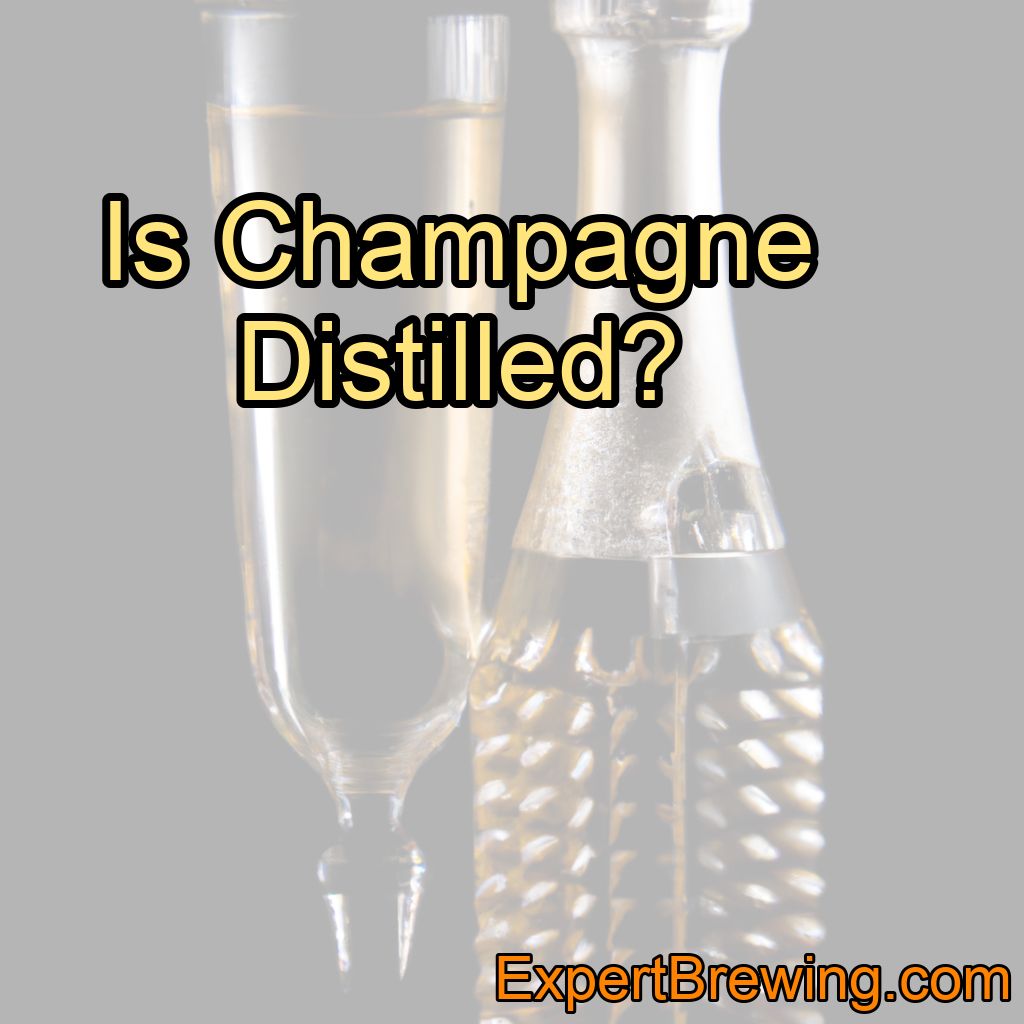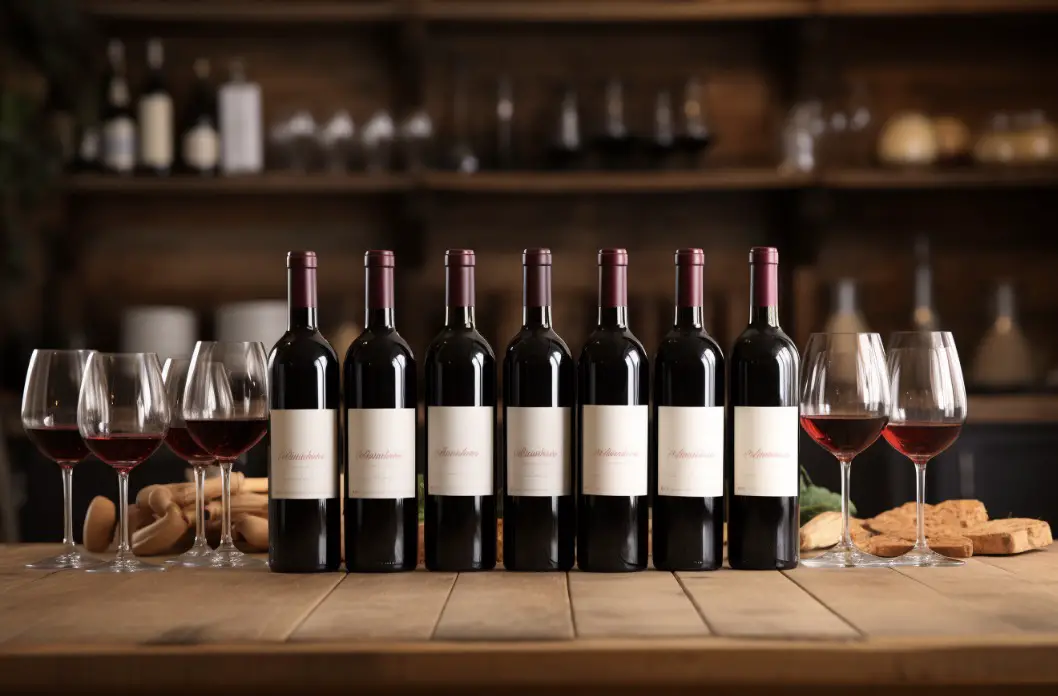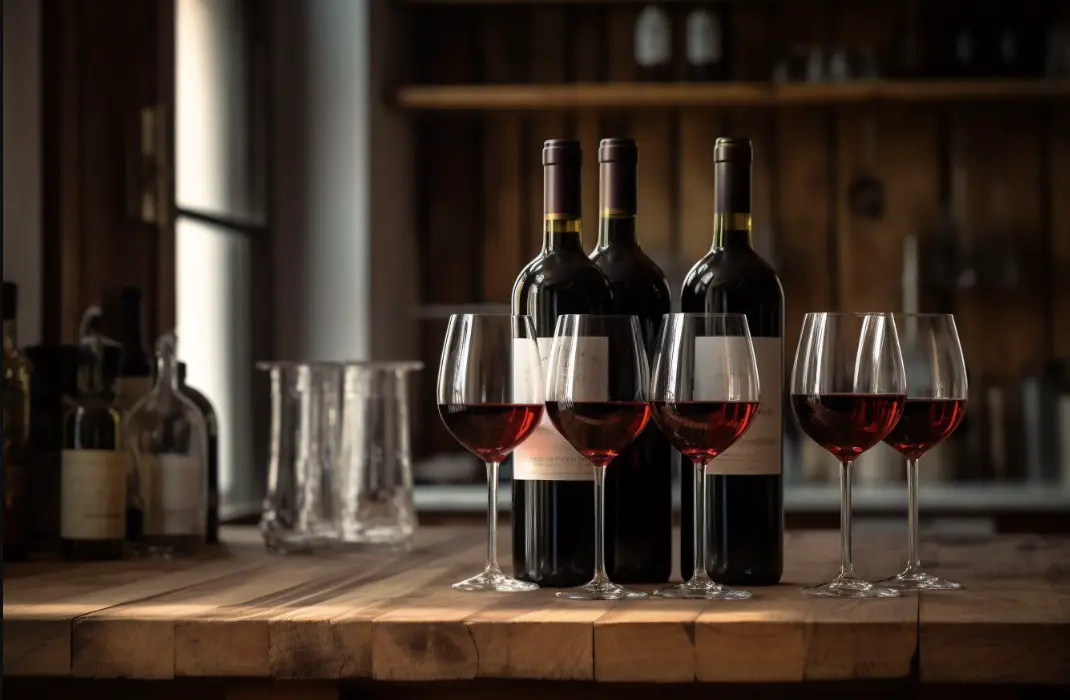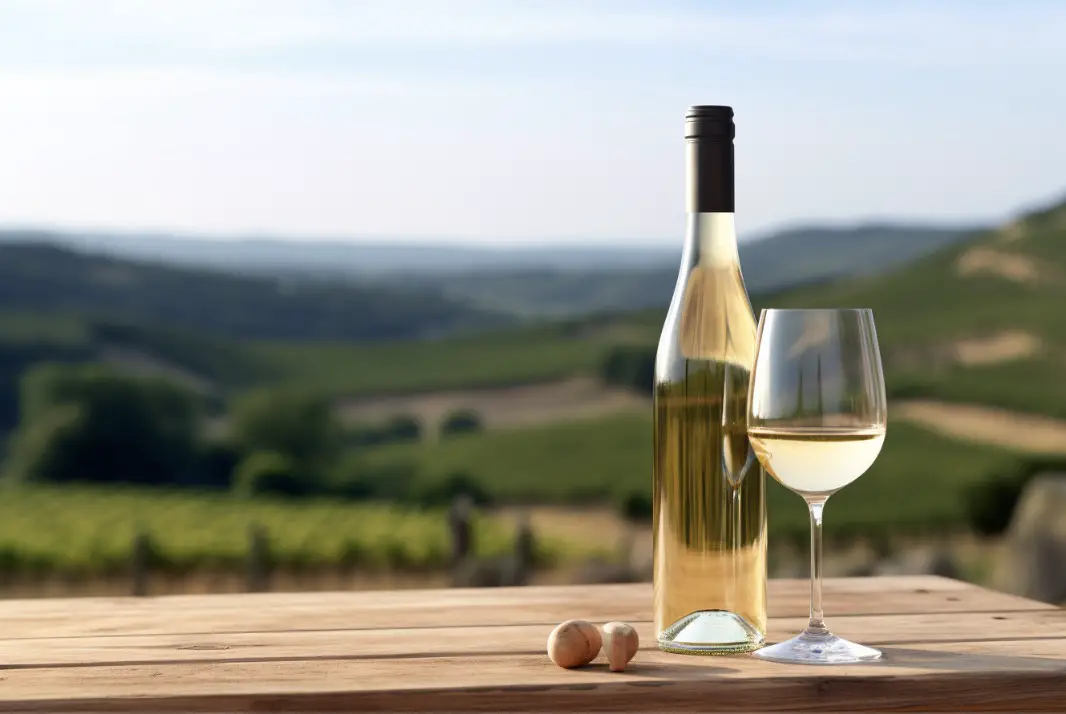No, champagne is not distilled.
Champagne is a type of sparkling wine that undergoes a unique fermentation process, which gives it its distinctive effervescence. However, you may be curious if it’s possible to distill champagne or if it has any relation to distilled spirits.
In this blog post, we will dive into the world of champagne, its production process, and whether it can be distilled.
What is Champagne?
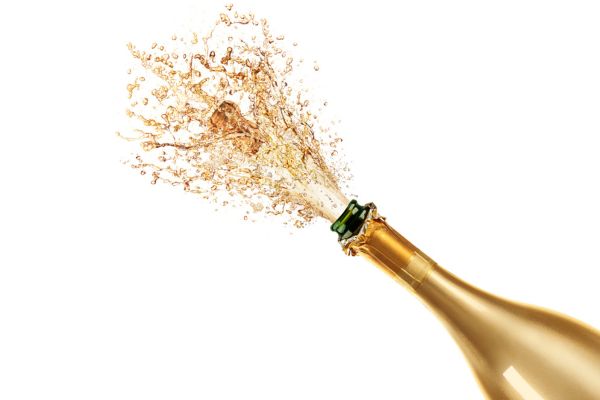
Origin and Legal Definition
Champagne is a sparkling wine that comes exclusively from the Champagne region of France. The name “Champagne” is protected by law, which means that only wines produced in this region using traditional methods can be called “Champagne.” Any other sparkling wine produced outside of the region must be labeled differently, such as “Cava” in Spain, “Prosecco” in Italy, or simply “sparkling wine” in other countries.
Grape Varieties
Champagne is typically made from three grape varieties: Chardonnay, Pinot Noir, and Pinot Meunier. However, other grape varieties are sometimes used, including Pinot Blanc, Pinot Gris, Petit Meslier, and Arbane.
Flavor Profile
Champagne is known for its fine bubbles, crisp acidity, and complex flavors, which can include notes of citrus, green apple, yeast, and toast. The flavor profile of a champagne can vary depending on the grape varieties used and the winemaking techniques employed.
How is Champagne Made?
Traditional Method
Champagne is produced using a unique process called the “Traditional Method” or “Méthode Champenoise.” This method involves two separate fermentations: the first fermentation takes place in tanks, while the second fermentation occurs in the bottle.
Second Fermentation
The second fermentation is what sets champagne apart from other sparkling wines. After the first fermentation, the winemaker adds a mixture of sugar and yeast, known as the “liqueur de tirage,” to the wine. The wine is then bottled, sealed with a temporary crown cap, and aged for at least 15 months (or more, depending on the style and quality level).

During the second fermentation, the yeast consumes the sugar and produces alcohol and carbon dioxide. The carbon dioxide gas is trapped in the bottle, creating the wine’s effervescence. This fermentation also contributes to the wine’s complexity and flavor development, as the yeast cells break down and release compounds known as “autolysis.”
Riddling and Disgorgement
After the second fermentation is complete, the bottles are gradually tilted and rotated in a process called “riddling.” This helps to collect the dead yeast cells (called “lees”) in the neck of the bottle. Once the lees are consolidated, the neck of the bottle is frozen, and the temporary cap is removed in a process called “disgorgement.” The pressure from the carbon dioxide in the bottle forces out the frozen plug of lees.
Dosage and Final Corking
After disgorgement, a small amount of “dosage” (a mixture of wine and sugar) may be added to adjust the sweetness level of the champagne. The bottle is then sealed with a traditional champagne cork and wire cage and aged for a few more months before being released for sale.
Can Champagne Be Distilled?
Distillation Process
Distillation is a process that separates the components of a liquid mixture, typically by heating it to a specific temperature, vaporizing the desired components, and then cooling and condensing the vapor back into a liquid.

In the context of alcohol production, distillation is used to increase the alcohol content and remove impurities, resulting in a more concentrated and purified spirit.
Champagne vs. Distilled Spirits
Champagne is not distilled because it is a fermented beverage, not a distilled spirit. While both processes involve the conversion of sugar into alcohol, fermentation relies on the action of yeast, whereas distillation utilizes heat and cooling to separate and concentrate alcohol.
Distilled spirits, such as vodka, gin, and whiskey, have a much higher alcohol content than champagne, which typically has an alcohol content of around 12% by volume.
Theoretical Distillation of Champagne
While it is not a common practice, it is theoretically possible to distill champagne, just as you can distill other types of wine to create brandy. However, this would result in a completely different type of beverage, as the delicate flavors and effervescence of champagne would be lost during the distillation process.
Why You Shouldn’t Distill Champagne
Loss of Unique Characteristics
As mentioned earlier, distilling champagne would result in a loss of its unique flavors and effervescence. The delicate balance of acidity, fruit, and yeast-derived flavors that make champagne so special would be destroyed during distillation, leaving you with a spirit that bears little resemblance to the original wine.
Cost and Availability
Champagne is a premium product with a price tag to match. Distilling it would not only be a waste of its unique qualities but also an expensive and inefficient use of resources. There are many other types of wine and fermented beverages that are more suitable for distillation, both in terms of cost and flavor profile.
Legal Implications
Distilling alcohol at home without the proper permits is illegal in many countries, including the United States. Attempting to distill champagne or any other alcoholic beverage without the necessary licenses and permits can result in hefty fines and even imprisonment.
Alternative Options for Sparkling Wine Lovers
If you are a fan of champagne and sparkling wines but are curious about distilled spirits, there are several options that might interest you.
Eau-de-vie
Eau-de-vie is a type of fruit brandy that is often made from grapes or other fruit used in winemaking. While not specifically related to champagne, eau-de-vie offers a distilled spirit option for those who appreciate the flavors of fruit and wine.
Grappa
Grappa is an Italian distilled spirit made from the pomace (the skins, seeds, and stems) left over after winemaking. While not made from champagne or sparkling wine, grappa provides a connection to the winemaking process and can be enjoyed as a digestif or in cocktails.
Experiment with Champagne Cocktails
Rather than attempting to distill champagne, consider exploring the world of champagne cocktails. Classic examples include the French 75, which combines gin, lemon juice, simple syrup, and champagne, and the Kir Royale, which features champagne and crème de cassis.
Conclusion
In conclusion, champagne is not distilled and should not be distilled due to the loss of its unique characteristics, cost, and legal implications. Champagne is a fermented sparkling wine made using a unique process that results in its delicate balance of flavors and effervescence. If you’re curious about distilled spirits, consider alternatives such as eau-de-vie or grappa, or experiment with champagne cocktails to explore new flavor combinations.
10 Facts About Champagne:
1. Champagne is a type of sparkling wine that comes exclusively from the Champagne region of France.
2. Only wines produced in this region using traditional methods can be called “Champagne.”
3. Champagne is typically made from three grape varieties: Chardonnay, Pinot Noir, and Pinot Meunier.
4. Champagne is known for its fine bubbles, crisp acidity, and complex flavors.
5. The production process for champagne, known as the Traditional Method or Méthode Champenoise, involves two separate fermentations.
6. The second fermentation takes place in the bottle and is responsible for the wine’s effervescence and flavor development.
7. Champagne is not distilled but is a fermented beverage.
8. Distilling champagne would result in a loss of its unique flavors and effervescence.
9. Distilling alcohol without the proper permits is illegal in many countries.
10. Alternatives for sparkling wine lovers include eau-de-vie, grappa, and champagne cocktails.
FAQs
Is champagne Brut or Demi Sec?
Champagne can be both Brut or Demi Sec, depending on the level of sweetness. Brut is the driest style of champagne, while Demi Sec is sweeter.
Is champagne a liquor or wine?
Champagne is a wine.
Is Champagne a brut or SEC?
Champagne can be both brut and sec, as these terms refer to the sweetness level of the Champagne. Brut is the driest style with less than 12 grams of sugar per liter, while sec is slightly sweeter with 17-32 grams of sugar per liter. The sweetness level is determined by the amount of dosage (a mixture of wine and sugar) added to the Champagne after disgorgement.
What is demi-sec and Brut Champagne?
Demi-sec Champagne is a type of Champagne that is slightly sweet, with a sugar content between 32 and 50 grams per liter. Brut Champagne, on the other hand, is a dry Champagne with a sugar content of less than 12 grams per liter.
Is Champagne distilled or fermented?
Champagne is fermented, not distilled.
What form of alcohol is Champagne?
Champagne is a sparkling wine that is made from a blend of different grape varieties, including Chardonnay, Pinot Noir, and Pinot Meunier, and is produced in the Champagne region of France using the traditional method of secondary fermentation in the bottle.

